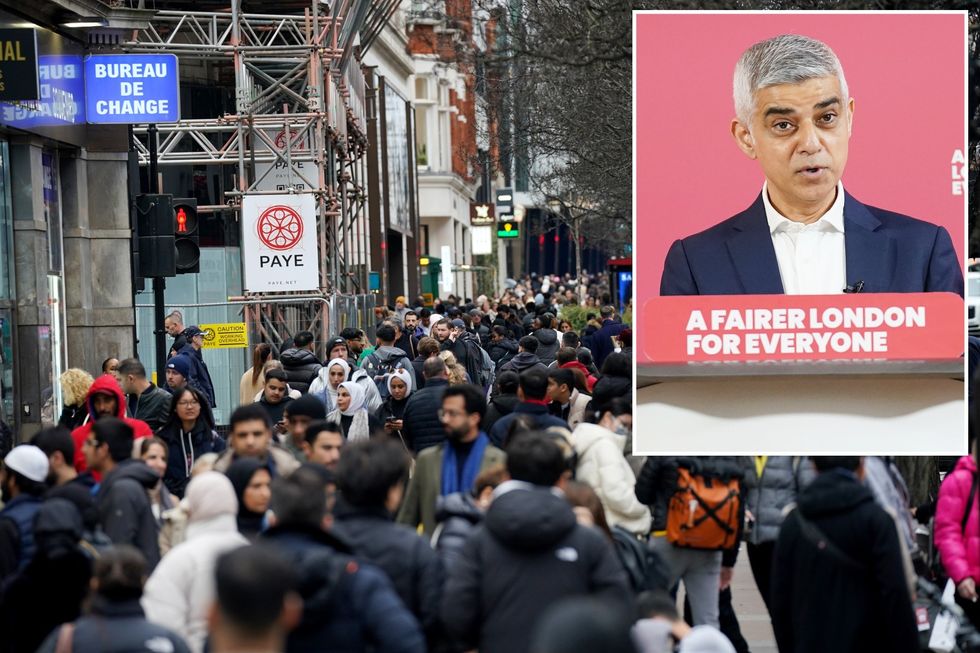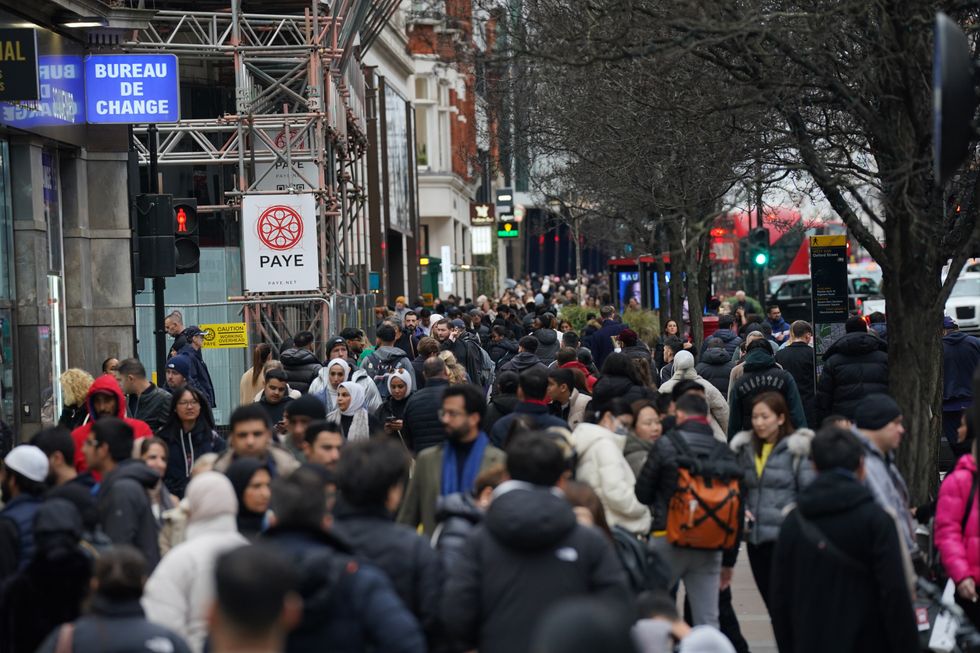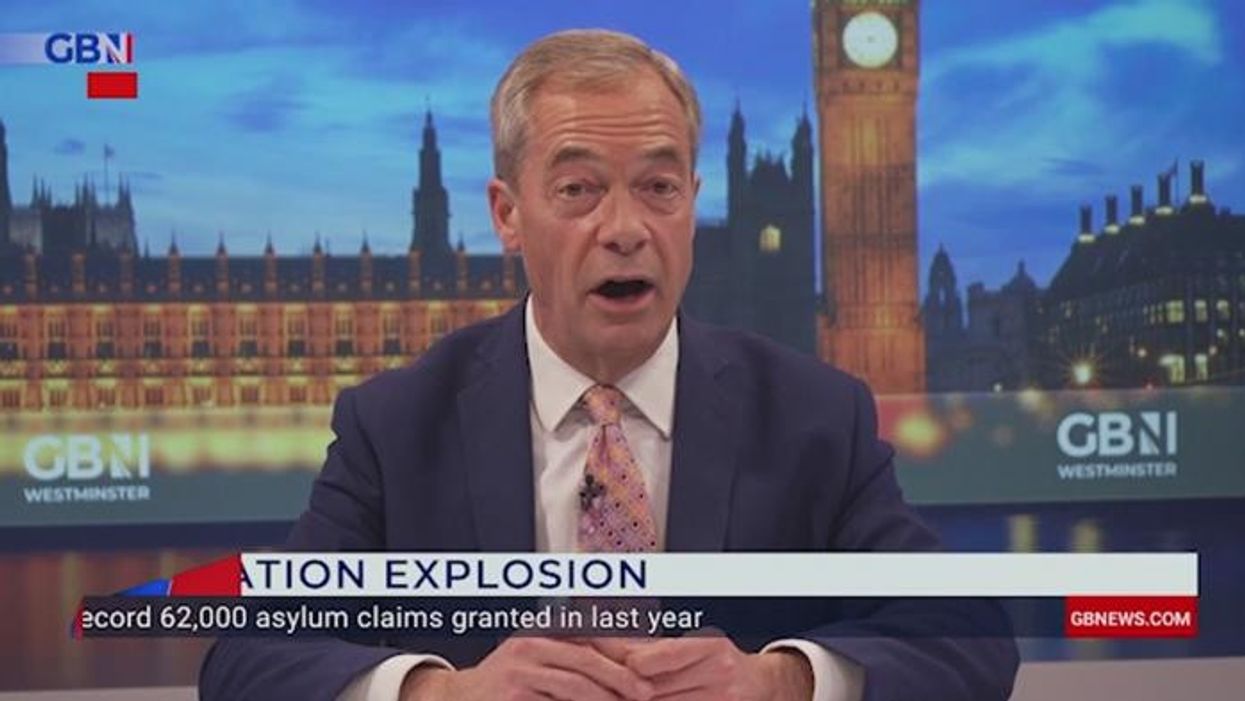The London Mayor has promised to build 40,000 new council homes by the end of the decade
Don't Miss
Most Read
Trending on GB News
London's population has hit a record high following a sharp rise in migration.
The latest figures came after Sadiq Khan announced a fresh housebuilding push this morning. As part of his re-election campaign, the London Mayor promised to build 40,000 new council homes by the end of the decade.
He promised to unleash “the greatest council housebuilding drive in a generation” and to double his previous goal to start building 20,000 council homes, which he hit last year.
A report from the Centre for Cities said the capital has "almost certainly" exceeded its pre-pandemic peak, which recorded 10.1 million people.

London's population has hit a record high following a sharp rise in migration
PA
The think tank raised concerns about the high number of people in the city on London's infrastructure and services.
London saw thousands of its residents leave the city during the Covid pandemic, with the population falling by 75,500 between mid-2019 and mid-2021 - the equivalent of a town the size of Tunbridge Wells, the report from the Centre for Cities said.
Last year, 66,000 people moved to the capital, the study showed - taking city’s population back to 10.1m, just below pre-pandemic levels.
Population figures for 2023 are yet to be published. However, the think tank said the capital's population would need to increase by just 9,000 to hit a new record.
Therefore, it said the population is "now almost certainly higher than its pre-pandemic peak".
The majority of the increase seen over the last two years can be explained by a surge in international migration, the report said.
Even during the pandemic net migration to London from abroad remained positive. In 2019-20, net migration to London from overseas stood at 38,170 people. In 2020-21, it stood at 73,660.

The latest figures came after Sadiq Khan announced a fresh housebuilding push this morning
PA
Andrew Carter, chief executive of Centre for Cities, said: “London’s infrastructure is creaking under the weight of its population.
“Policymakers have to shake off any assumption that population changes mean questions over the housing shortage and infrastructure will solve themselves.
"Nor will smaller, less affluent places see huge influxes of professional workers with greater spending power.
"There are big decisions to make like continuing to invest in the public transport network, for example the Bakerloo Line extension and Crossrail 2, so that people can get around."
LATEST DEVELOPMENTS:
Paul Swinney, director of policy and research at Centre for Cities, said more houses are needed to ease pressure on London's resources, saying the crisis was "evident long before Covid".
The think tank said that population growth in London was being exacerbated by an increase in office working, with an increasing number of companies forcing employees to come back into the office.
Swinney said: "We don’t know if hybrid working is here to stay, nor how long before the numbers of commuters coming into the city exceed the numbers we saw prior to Covid.
"But we do know that people have returned for at least some of the week, and numbers are growing."









